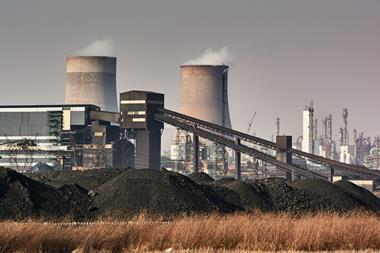International nuclear experts warn that nuclear threats posed by Russia’s 680 tons of highly enriched uranium must be minimised
Russia should reduce its stockpile of highly enriched uranium (HEU) to address nuclear risks, according to a group of nuclear experts. In a report released on 13 September, the International Panel on Fissile Materials (IPFM), based at Princeton University, says Russia has never declared the size of its HEU stock and has not disclosed detailed information about the facilities that use the material. However, the panel cites estimates that the country has about 680 tons of HEU, and roughly 160 tons of the material is probably in assembled nuclear weapons – active and otherwise.
The IPFM also points out that Russia currently operates more HEU facilities than the rest of the world combined, which it describes as a significant nuclear security threat. As of April 2017, Russia operated 58 facilities that use HEU, including research reactors as well as isotope production and power reactors. The panel expresses concern that Russia has not prioritised HEU minimisation, but is actually pursing several new projects that involve the use of HEU. The IPFM says the country begun exporting HEU again in 2012.
Alexander Glaser, an associate professor of mechanical and aerospace engineering and international affairs at Princeton who co-chairs the IPFM, called HEU reduction in research reactors ‘a complex but solvable technical task’. He pointed out that promising new fuels are under development in the US, Europe, and Russia.












No comments yet